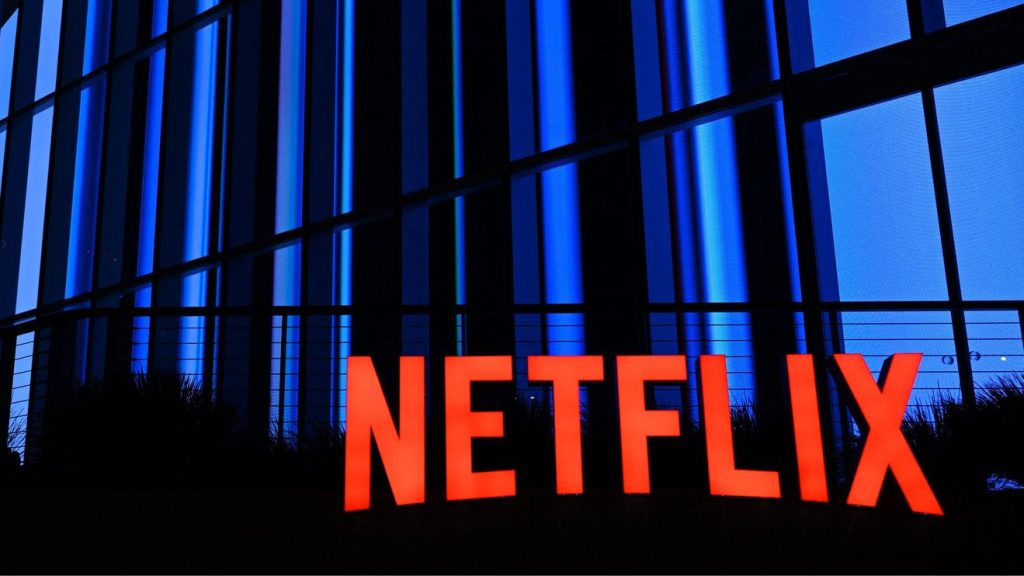Netflix Inc.’s stock spiked Wednesday on a huge jump in subscribers, earnings that met expectations and an announced price hike in the company’s basic and premium services.
Netflix said it plans to immediately raise prices for its basic plan in the U.S. to $11.99 a month from $9.99, and lift its premium price to $22.99 a month from $19.99. The ad-supported ($6.99 a month) and standard plans ($15.49) remain the same.
Read more: Netflix is raising prices on some plans. Here’s what you need to know.
Netflix
NFLX,
reported that subscribers increased by a whopping 8.76 million in the third quarter of the year, blowing past analysts’ average estimate of about 6 million. Netflix reported fiscal third-quarter net earnings of $1.7 billion, or $3.73 a share, compared with $3.10 a share in the year-ago quarter.
Revenue improved to $8.54 billion from $7.9 billion a year ago. Analysts surveyed by FactSet had expected on average net earnings of $3.49 a share on revenue of $8.54 billion.
For the fourth quarter, Netflix executives guided for earnings of $2.15 a share on $8.7 billion in revenue, while analysts on average were expecting earnings of $2.16 a share on sales of $8.8 billion.
Netflix executives also weighed in on the progress of its ad-supported platform. “While we have much work to do to build out this business, we’re making good progress and laying the foundation for what we believe should be a multibillion-dollar revenue stream over time,” Netflix executives wrote in a letter to shareholders.
Ad-tier subscriptions skyrocketed nearly 70% in the third quarter from a year ago, and now account for 30% of new sign-ups in a dozen countries, according to the executives.
The company said its crackdown on password sharing had led to fewer cancellations than it had expected, and that content spending this year will be about $13 billion despite two Hollywood strikes.
“We’re going to continue the rollout [of paid sharing] for the next several quarters … that we want to win over,” Netflix Co-Chief Executive Greg Peters said in a videoconference call discussing the results.
Shares surged nearly 13% in after-hours trading following the release of the results, after closing the regular session with a 3% decline.
Netflix’s stock has advanced 17% so far this year but has stumbled in the past few months, while the broader S&P 500 index
SPX
is up 12% year to date.
Rumors around another price hike had been swirling for more than a week, and some analysts see Netflix more strongly pursuing a traditional media strategy of advertising-supported tiers to maximize revenue. The thinking is that many consumers will opt out of pricey, ad-free premium services for a cheaper, ad-supported model.
“Subscriber growth is big, but what is more important is average revenue per user,” said Jon Christian, executive vice president of Qvest U.S., a streaming technology provider, said in an interview. “For me, how well is the ad-tier working?”
The prospect of consumers paying for a service that is also supported by ads harkens to the traditional TV-revenue model, Christian said, as Netflix continues to lead a market it helped create but now faces intensifying pressure from Walt Disney Co.
DIS,
Apple Inc.
AAPL,
Amazon.com Inc.
AMZN,
Paramount Global
PARA,
Comcast Corp.
CMCSA,
and others.
“We expect ’24 and beyond to be more of a mix between membership and [average revenue per member],” Netflix Chief Financial Officer Spencer Neumann said in the video chat late Wednesday.
With its stunning addition of subscribers, Netflix now boasts 247.15 million worldwide.
Co-CEO Ted Sarandos at one point credited the success on third-party content licensed by Netflix, led by the old USA Network legal drama-comedy, “Suits.” He said Nielsen deemed it the No. 1 streaming series for 13 straight weeks.
Read more: ‘Suits’ is Netflix’s unlikely new smash hit — and may also point to its future
Sarandos underscored Netflix’s commitment to sports, but not live events. Instead, its strategy focuses on sports documentaries and the stories behind high-profile athletes like David Beckham.
Read the full article here





